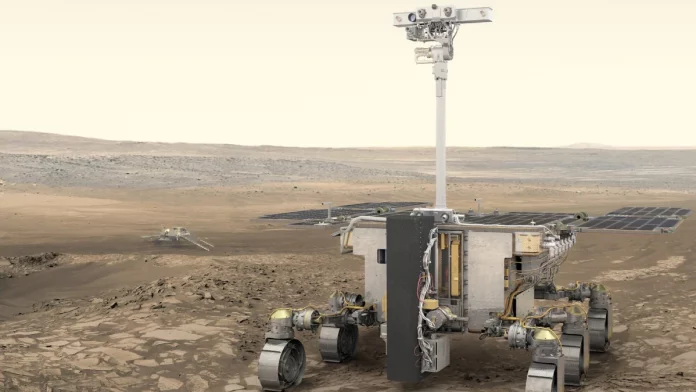The European Space Agency (ESA) and Russia’s Roscosmos plan to launch their joint Mars rover mission in 2022. It was earlier planned to take off in 2020, but got delayed for several reasons. The main cause behind the delay is that the journey from Earth to Mars is only attempted when the planets are favourably aligned. As the agencies are again gearing up for the launch of the ExoMars “Rosalind Franklin” vehicle, the ESA has shared an Instagram post explaining the incredible features of the cameras aboard it and how they intend to explore the Red Planet.
“These eyes are ready for Mars,” ESA said, sharing a video and some images captured by the cameras. It said the cameras are capable of clicking pictures in panorama and close-up techniques. They can also take 3D maps and a wheel selfie. Currently, the rover is testing the wide range of its photo settings ESA added that engineers have packed as much science as they could into the camera system.
Here’s a look at the cameras and their features in five quick points:
- The Panoramic Camera suite, known as PanCam, is the scientific eyes of the rover. While humans and smartphones can only see colours in visible light, PanCam can ‘see’ in 19 colours in the visible and near-infrared wavelengths.
- There are two wide-angle cameras (WACs), which are set 50cm apart. The pair captures what is in front of the rover from 2m above the ground. Each WAC has a filter wheel to look at the colours of the rocks and the Martian sky. This will allow the rover to stare at the Sun, measure the amount of dust in the atmosphere and water vapour content during sunsets on Mars.
- Then there’s a High-Resolution Camera (HRC). It has a resolution of eight times the wide-angle cameras. This helps in closely examining rock texture and grain size in colour.
- Below it is the Infrared Spectrometer (ISEM). It analyses the geochemistry of the rocks. “HRC and ISEM are a well-matched couple. They are co-aligned so that scientists can see in the HRC images where ISEM took its measurements,” explains ESA.
- Another camera will be used to take Martian shots and it will be tested in the coming days. The Close-Up Imager, CLUPI, will provide detailed views of the soil that is churned out by the drilling action.





















